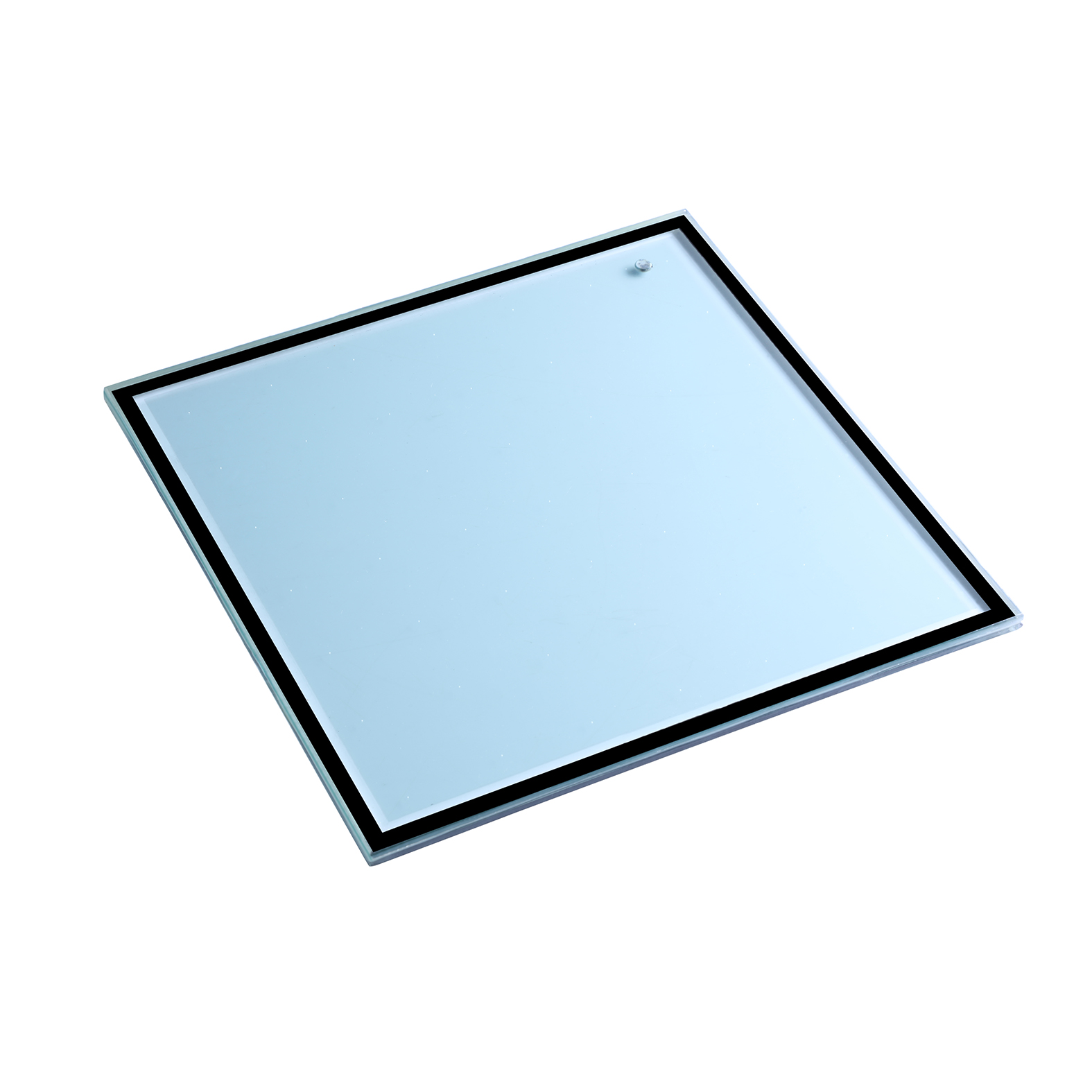Understanding Vacuum Double Glazing
Vacuum double glazing (VDG) is an innovative technology designed to enhance thermal insulation. Unlike traditional double glazing, VDG employs a vacuum between two panes of glass, effectively reducing heat transfer. This method not only improves energy efficiency but also minimizes noise pollution, making it ideal for urban environments. The ability to create windows with a slimmer profile without compromising on thermal performance opens new possibilities in architectural design and residential applications alike. The energy savings associated with VDG can significantly lower heating and cooling costs, ultimately benefiting both homeowners and commercial property managers. For anyone interested in sustainable living solutions, vacuum double glazing represents a practical and effective choice.

Benefits of Windows Thermal Insulation
Proper windows thermal insulation is crucial in any building to maintain a comfortable indoor environment. Enhanced thermal insulation reduces the heat lost during winter and limits unwanted heat gain in summer, making climate control more efficient. With technologies like VDG, the insulation properties of windows are significantly increased, allowing for better control over indoor temperatures. Implementing these solutions helps owners save money on energy bills while promoting sustainability. Real-world applications showcase buildings that have seen a marked improvement in energy performance after upgrading their windows to incorporate advanced insulation technologies. Additionally, clients may experience an uptick in property values as energy efficiency becomes an increasingly attractive feature in real estate.

The Role of Vacuum Window Glass
Vacuum window glass plays a pivotal role in promoting energy conservation across various architectural styles. By utilizing a vacuum-sealed structure, these windows greatly reduce thermal bridging and air leakage. This is particularly important for high-rise buildings and commercial structures that require effective climate control while offering significant views of the exterior. The lightweight nature of vacuum window glass allows for expansive designs without the burden of heavier frames, enhancing aesthetic appeal. Furthermore, users benefit from lower maintenance requirements and increased durability, as VDG is less prone to condensation and fogging. As urbanization continues to rise, this technology presents crucial advantages to architects and builders aiming to create energy-efficient spaces that harmonize functionality and design.
Conclusion: Choosing SuperVIG for Your Glazing Needs
In summary, vacuum double glazing stands out as a transformative solution for improving energy efficiency and comfort in buildings. By prioritizing effective windows thermal insulation and utilizing advancements like vacuum window glass, property owners can enjoy tangible benefits including lower energy costs, enhanced aesthetic designs, and improved property value. For clients seeking reliable products backed by supply advantages, SuperVIG emerges as a leading manufacturer in the field. Their commitment to innovation and quality ensures that individuals and businesses alike can access the best glazing solutions to meet their needs.